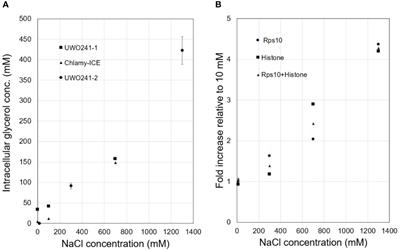EDITORIAL
Published on 14 Mar 2022
Editorial: Ice and Snow Algae
doi 10.3389/fpls.2022.868467
- 2,125 views
11k
Total downloads
60k
Total views and downloads
EDITORIAL
Published on 14 Mar 2022
HYPOTHESIS AND THEORY
Published on 27 Jan 2022
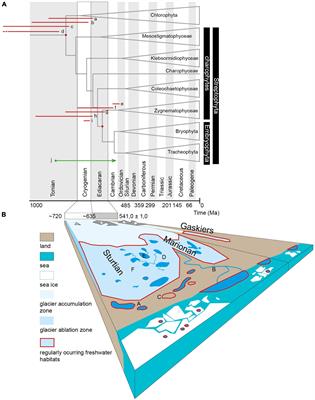
ORIGINAL RESEARCH
Published on 05 Jul 2021
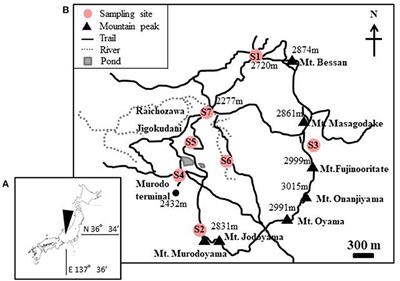
ORIGINAL RESEARCH
Published on 28 Jun 2021
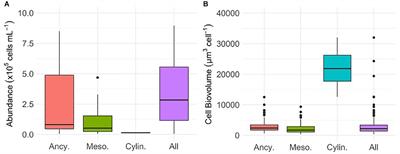
ORIGINAL RESEARCH
Published on 16 Jun 2021
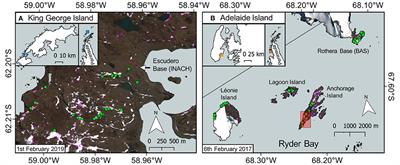
ORIGINAL RESEARCH
Published on 07 Jun 2021
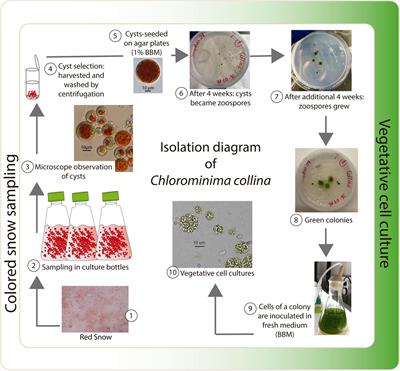
ORIGINAL RESEARCH
Published on 07 Jun 2021
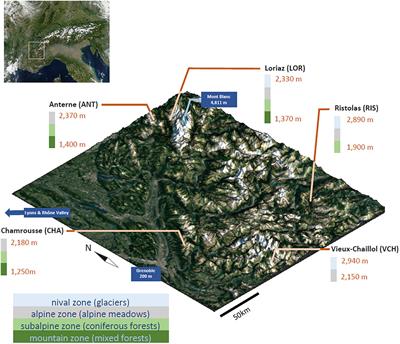
ORIGINAL RESEARCH
Published on 23 Dec 2020
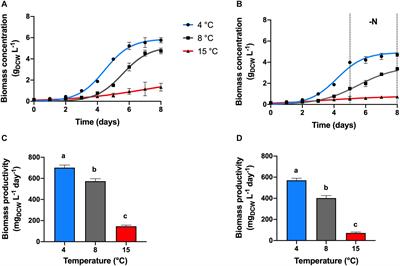
ORIGINAL RESEARCH
Published on 17 Dec 2020
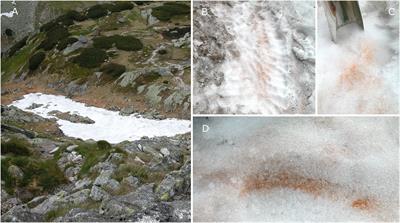
ORIGINAL RESEARCH
Published on 20 Aug 2020
